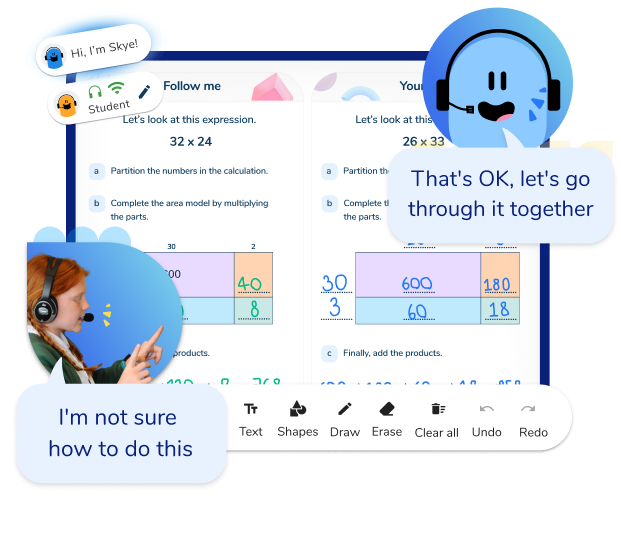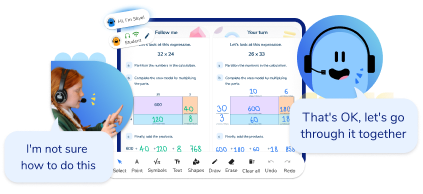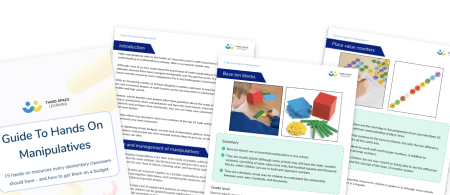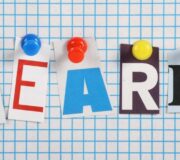What To Do When A Child Is Struggling With Learning Math: Advice For Teachers And Parents
Children can struggle with math at any age. With elementary schools being such a hotbed of learning, it can be hard for parents and teachers to keep up with how their child or student is progressing. But at one time or another, it may become clear that a child is struggling with math.
There are a number of reasons why a child might struggle with math, ranging from math anxiety through to a range of special education needs (once referred to as math difficulties and learning disabilities). Your student might be a reflective learner and already be thinking to themselves, “Why do I struggle with math so much?”
Whatever the reason behind the struggle, in this post we will be running through how you can understand a child’s relationship with math, and how you can help them master math as either a parent or teacher!
- What do we mean by ‘struggling with math’
- How to figure out what your student is struggling with in math
- How to know if your 6-year old or 7-year-old is struggling with math (kindergarten/1st grade)
- How to know if your 8-year old or 9-year-old is struggling with math (2nd/3rd grade)
- How to know if your 10-year old or 11-year-old is struggling with math (4th/5th Grade)
- What you can do to help as a teacher and parent if a child is struggling with math
- To help a child if they’re struggling in math three words can guide you: slow, simple, supportive.
Guide To Hands On Manipulatives
Download our Guide To Hands On Manipulatives – a guide to different manipulatives you could use in the classroom.
Download Free Now!What do we mean by ‘struggling with math’
It’s definitely hard to judge whether a child is having mathematical teething problems, or if they really are a student who is struggling with math.
Determining where a child is within the expectations of their age range or grade level is definitely a good start – if your child is in 1st grade and can’t solve quadratic equations, that certainly doesn’t mean they struggle with math!
We’ve put together some guidance to help you figure out what’s going wrong and how you can help your students in their math learning, covering:
- How to identify out what a child is struggling with in math; and
- How to help your child in math once you’ve figured out what’s holding them back, including techniques to make sure your child catches up, keeps up – and even – gets ahead in math.
How to figure out what your student is struggling with in math
Really, to figure out whether or not a child is struggling with math and any particular areas they may find tricky, you need to understand what they are expected to know and be able to do at that point in their learning.
If you are a parent, your child’s teacher is the best person to advise you on this. For more detailed insight for both parents and teachers, we recommend giving the child some low stakes test questions (examples of these follow below) or, even better, doing a full diagnostic assessment of the child’s knowledge and understanding relevant to where they are in their school career.
Read more: 18 FREE math intervention resources
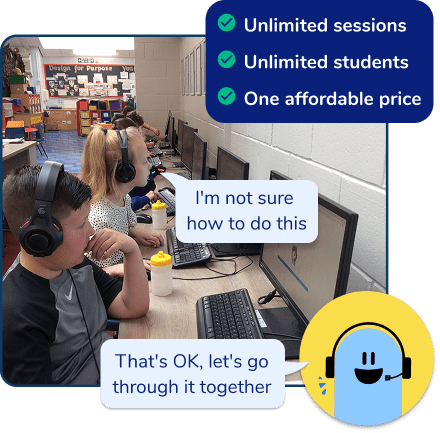
Meet Skye, the voice-based AI tutor making math success possible for every student.
Built by teachers and math experts, Skye uses the same pedagogy, curriculum and lesson structure as our traditional tutoring.
But, with more flexibility and a low cost, schools can scale online math tutoring to support every student who needs it.
Watch Skye in actionHow to know if your 6-year old or 7-year-old is struggling with math (kindergarten/1st grade)
By the end of 1st grade, children are expected to have developed a range of knowledge and skills including:
- Count to 120, and begin counting in steps of 2, 3, and 5 from 0, and in tens from any number, forward and backward;
- Comparing two two-digit numbers; using <, > and = signs;
- Add and subtract within 20 and understand the relationship between addition and subtraction;
- recognize and use symbols for US dollars ($) and cents(¢);
- identify and describe the properties of 3-D shapes, including the number of edges, vertices (corners) and faces.
Here are three sample questions from Third Space Learning’s Math Intervention Program you could try to find out if your student or child is struggling with math.
1. Comparing and ordering numbers
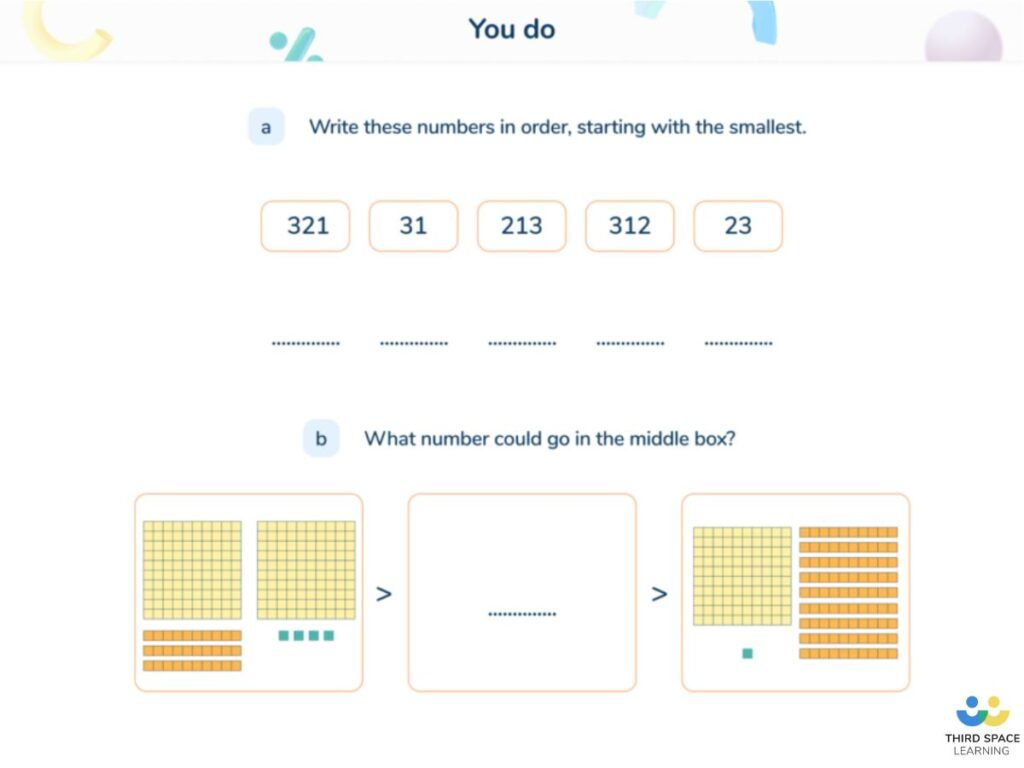
2. Recognising and using symbols for dollars and cents
Many children who fly through arithmetic and have number facts memorized struggle with shape and other areas of mathematical vocabulary so this is a good one to assess on.
3. Identify the properties of 3D shapes
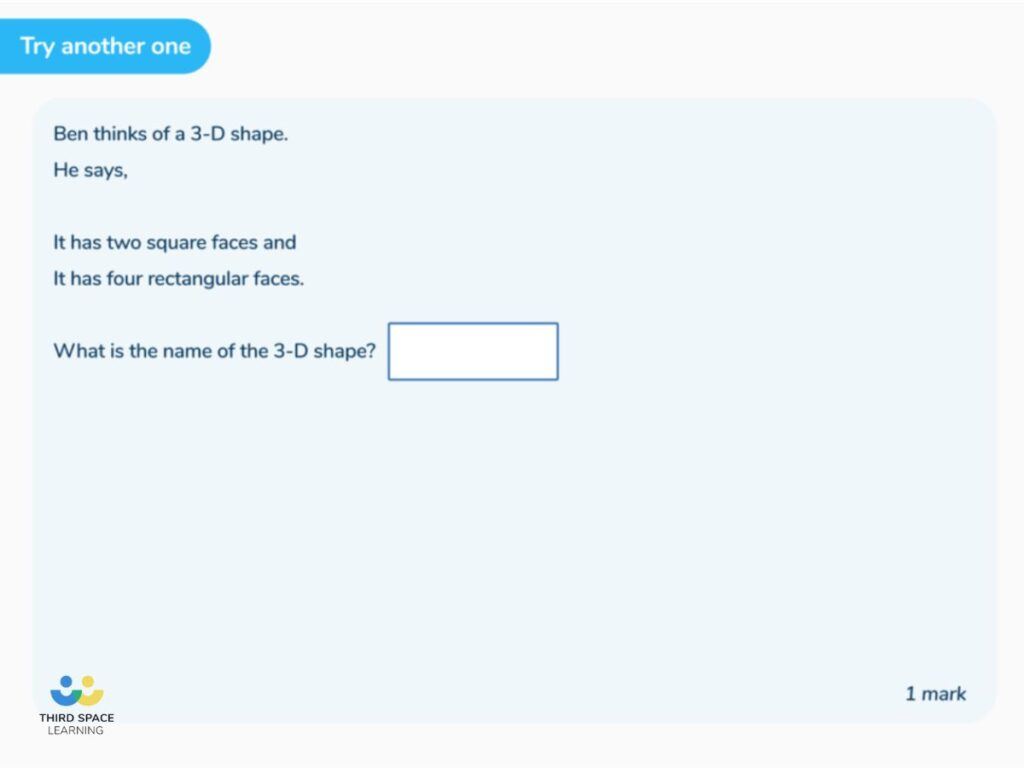
How to know if your 8-year old or 9-year-old is struggling with math (2nd/3rd grade)
By the end of 3rd grade, children are expected to have developed a range of knowledge and skills including:
- count in multiples of 6, 7, 9, 25 and 1000;
- round any number to the nearest 10, or 100;
- Add and subtract within 1,000
- recall multiplication and division facts for multiplication tables up to 10 × 10;
- multiply and divide within 100
- measure and calculate area and perimeter of a rectilinear figure (including squares) in units;
- Understand a fraction 1/b as the quantity formed by 1 part when a whole is partitioned into b equal parts; understand a fraction a/b as the quantity formed by a parts of size 1/b.
- solve comparison, sum and difference problems using the information presented in bar charts, pictograms, tables and other graphs.
As children move from lower elementary to upper elementary, there is a shift in the amount they need to know and the skills they have to acquire to keep up in math. They may have sailed through math in their earlier school years, and it might be now that difficulties in learning mathematics are starting to appear.
Here are three sample questions from Third Space Learning’s Math Intervention Program for 3rd grade you could use to find out if a child is meeting grade expectations or is struggling with math.
1. Interpreting bar charts
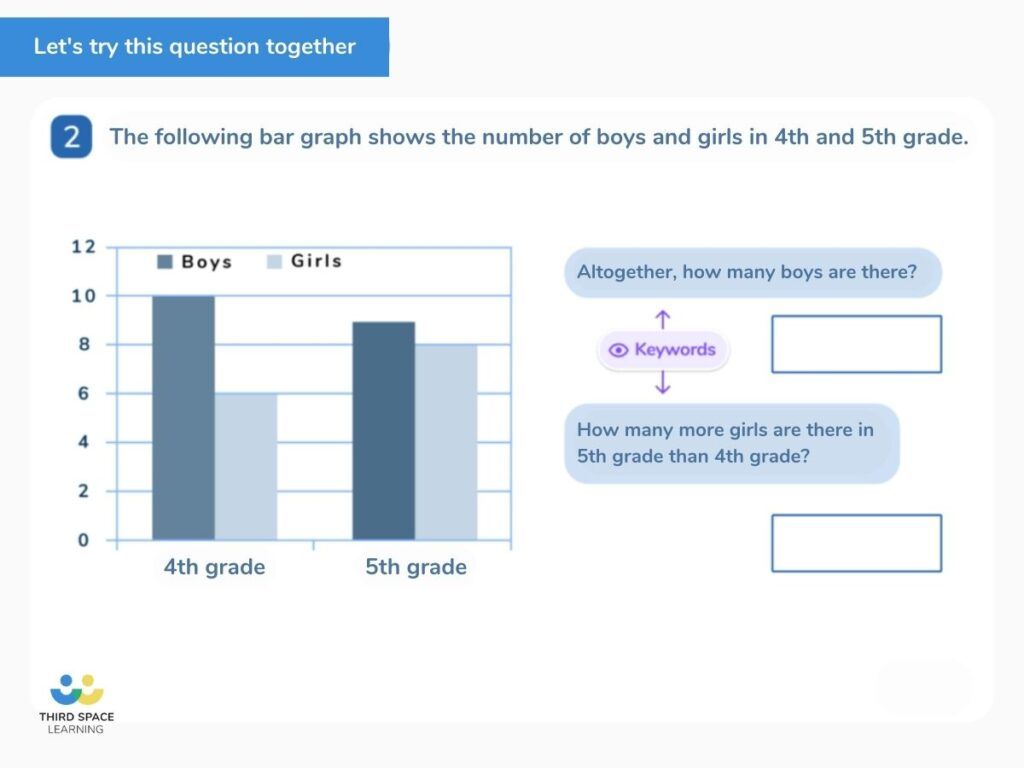
Some children might have their number facts and operations secure by the time they are 8 or 9 years old. Struggling with math might be more apparent when they are removed from the comfort of arithmetic and thrown into the murkier mathematical waters of reasoning and problem-solving.
2. Calculate the perimeter and area of a rectilinear figure (including squares) in units and square units
When it comes to perimeter, it requires a number of mathematical competencies. A child needs to have spatial intelligence – being able to visualize the shape, partition it into its sides or constituent parts, recall the correct formula to calculate the side length, and then draw on their knowledge of addition to find the total.
Children using our online learning programs have opportunities to attempt and practice the skills relevant to their age group (or grade level). During the one-to-one sessions their online tutor will identify any barriers which might be preventing a child from acquiring a given skill or math fact and then address these immediately.
Using diagnostic assessments to figure out what math your child has mastered
Once children get to 2nd and 3rd grade, they are also more able to sit down and complete a full test of mixed questions suitable for their age. We have produced grade level test papers to help with progress monitoring.
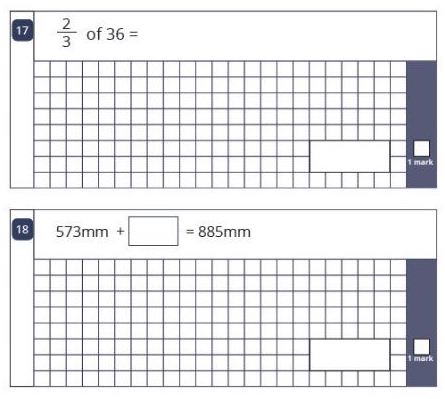
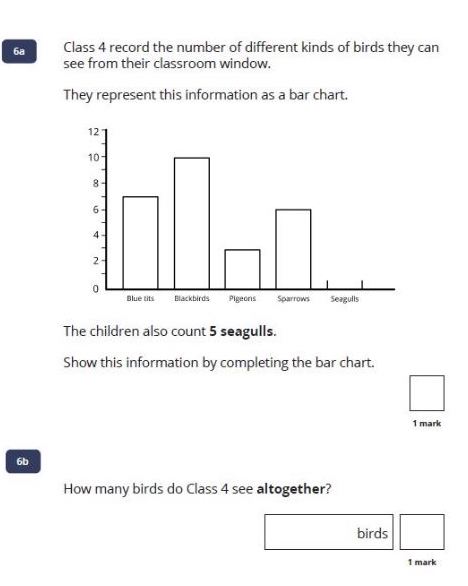
How to know if your 10-year old or 11-year-old is struggling with math (4th/5th Grade)
Students in 4th and 5th grade are heading towards the end of elementary school and are preparing for the transition to middle school or junior high and the challenges math class will bring.
Children in 4th and 5th grade are expected to be able to know or do the following:
- identify common factors, common multiples and prime numbers;
- add, subtract, multiply and divide whole numbers and decimals;
- add and subtract fractions with unlike denominators, including mixed numbers; multiply fractions and mixed numbers using visual fraction models;
- recognize when it is possible to use formula for area and volume of shapes;
- graph points on the coordinate plane, in the first quadrant, to solve real-world and mathematical problems.
Here are three sample questions from Third Space Learning’s Math Intervention Program for 5th grade you could try to find out if your child struggles with math.
2. Recognize when it is possible to use formula for area and volume of shapes
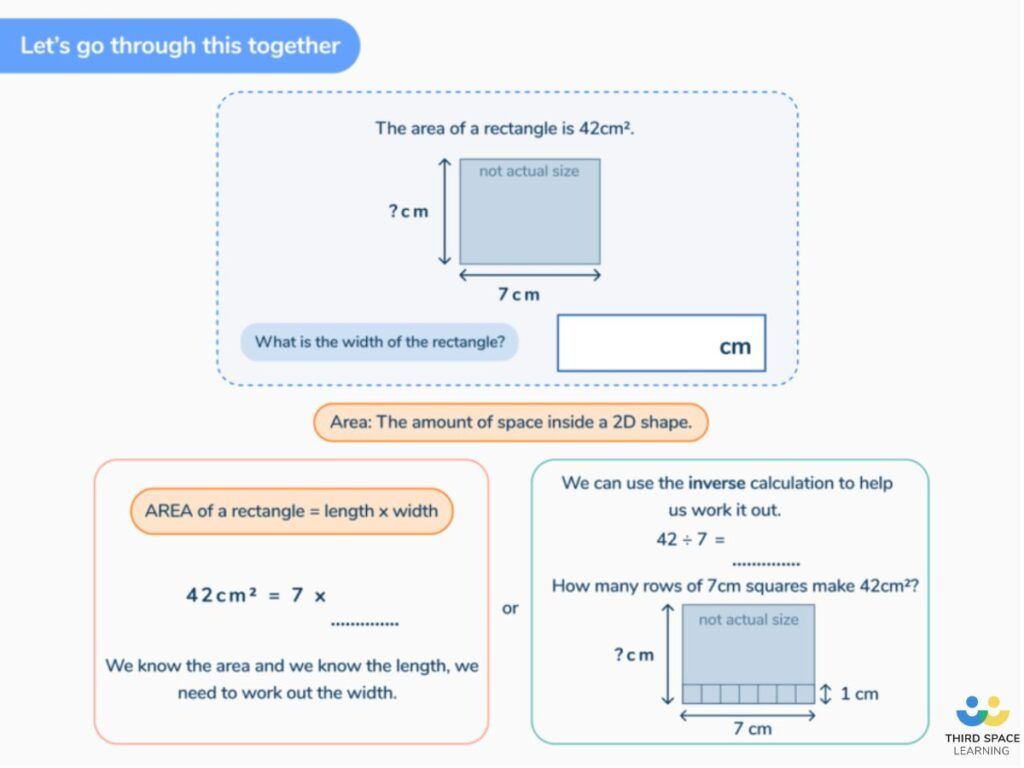
2. Identify common factors, common multiples and prime numbers
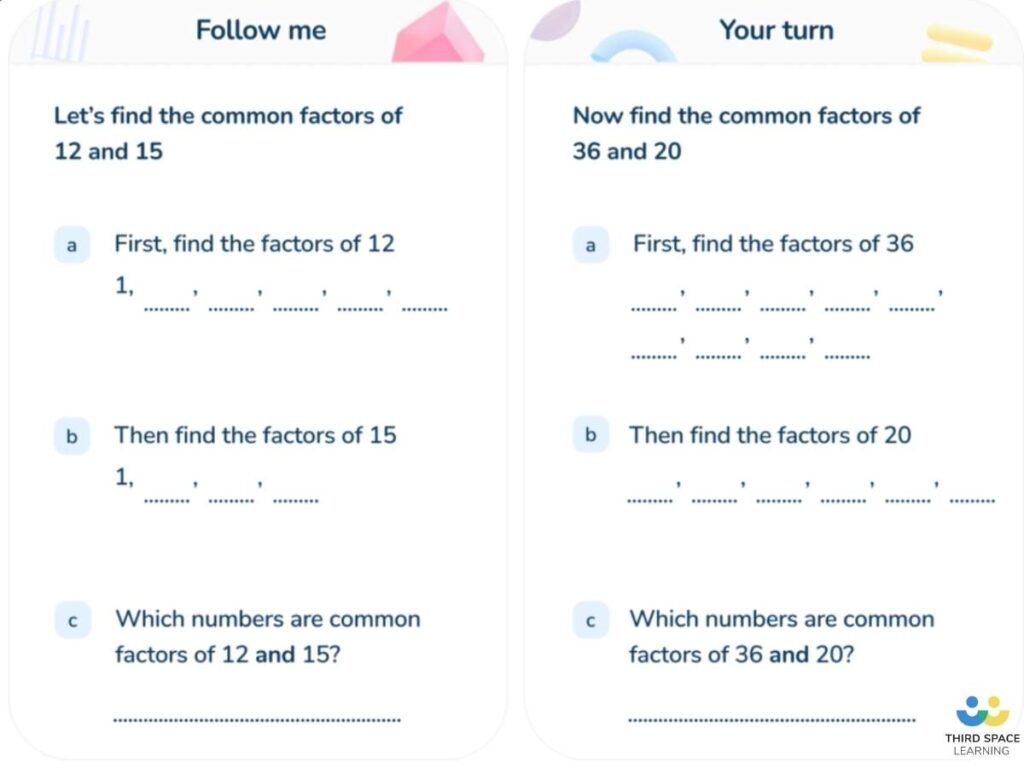
3. Add and subtract fractions with the same denominator
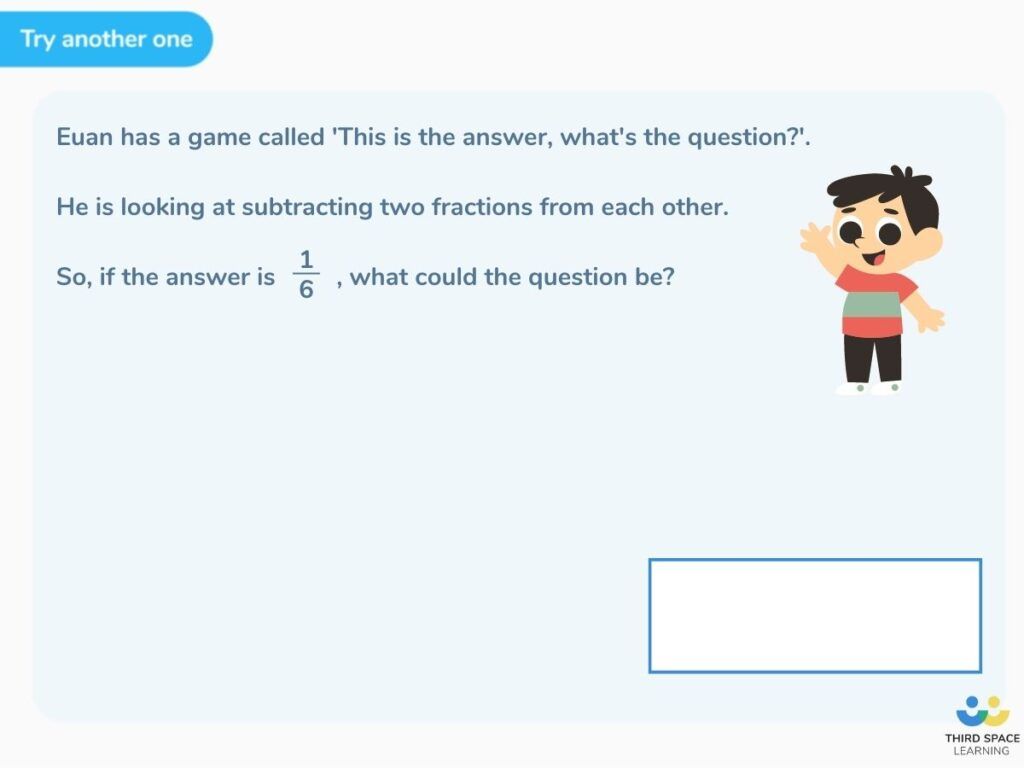
4th and 5th grade are important years – students are building the foundational knowledge for their transition to middle school and eventually high school.
Again, the amount of knowledge and range of skills required to keep up in math in 4th and 5th grade is huge. The step up from lower to upper elementary is quite the jump!
If you’re teaching 4th or 5th grade, it is important to track the progress of your students and identify clear areas of difficulty. You may even consider approaching your school diagnostician about a dyscalculia test. Equally, for parents concerned about your child’s progress, communicate with your child’s teacher.
What you can do to help as a teacher and parent if a child is struggling with math
Stay positive – It sounds simple but many forget to do this
First things first – don’t highlight the issue and definitely do not say, “I am not a math person” or encourage your child to write themselves off as “not a math person” either.
Numerous studies have proved that a young person’s future attainment in math can be affected negatively more than any other factor by parents leading them to believe that “I am not a math person-itis” is a congenital, hereditary family trait.
It is not.
As a parent or a teacher, if you struggled with math yourself, it probably had something to do with how you were taught by your teachers in the way-back-when.
You might even be suffering with ‘math trauma’ – for example, consciously or subconsciously deterred from engaging in math having been ridiculed by classmates or, even worse, a teacher when called up to the board to solve a problem at school.
Following an event of that kind, it creates a debilitating fear of being wrong – a terrible tragedy, as math learning should be about making mistakes and learning from them!
‘Math trauma’ as one might expect is the leading cause of math anxiety, but there is lots you can do to help.
As parents and teachers, it is important to support children in believing they can succeed in all areas of learning. By closing a door on a particular subject area it could mean putting a roadblock along the way of a career path a child might find harder to pursue later on in life.

To help a child if they’re struggling in math three words can guide you: slow, simple, supportive.
These three words are all you need to help your child achieve everything they can in their math learning, so we’ve looked at them in a little more detail below along with a few additional pointers for parents and carers.
1. Take things slowly
If you’ve noticed or been alerted to an area of a struggle in your student’s math learning, your instinct will likely be to go all guns blazing and to throw the kitchen sink at the issue to get them up to speed.
By taking a moment to step back and figure out what might be best for supporting your student rather than forcefully plugging a specific gap in their knowledge, you stand a better chance of building towards sustained progress and improvement in their learning.
2. Keep things simple
At school, if a child is struggling with their work in math, as a teacher you can differentiate and give them a simpler question or provide them with more concrete resources like number lines, times tables grids, counters or multi-link cubes to make the task more accessible.
People often think that it’s only younger children that use these pieces of equipment and supports; however, the best teachers use them with pupils throughout elementary school and these resources are more commonly used at middle school and high school, too, as teachers value and support different ways of learning and developing. As a parent, you could do the same at home by drawing a number line, having a times table poster at hand, keeping your math dictionary to hand, or using pasta pieces or legos to represent amounts.
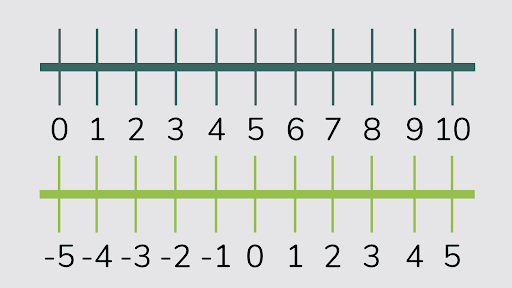
It is best not to overload your child by dumping overly complicated tasks; however, over-simplification is a problem too.
Having them learn their times tables by rote is only helpful if they can draw links between knowing that, for example, 2 x 7 = 14, 7 x 2 = 14. 14 ÷ 2 = 7 and 14 ÷ 7 = 2, allowing them to recognize the relationship between multiplication (which should be introduced as repeated addition, adding 7 lots of 2 or 2 lots of 7 together) and division and allowing them to identify numbers’ factors too.
3. Be supportive
Patience truly is a virtue when passing knowledge or a skill from one person to another. As a teacher, you will be very aware of this.
As a parent, you have already taught your child so much. Perhaps you can remember moments in your own life where you didn’t get something immediately and you were put off the task or the instructor as they vented frustration at you – learning to drive being easier to stomach with one parent rather than the other, or an exasperated teacher at school whose lack of composure and consideration put you off their subject area.
4. Get more involved
As a parent, don’t be afraid to ask your school for more help; find out what homework your child has been given each week and to start with, if they’re struggling with the math you may need to sit down next to them to encourage them.
Build a regular time slot for math homework and if there’s something you can’t help with, find out the answer together. It’s actually a great learning opportunity for your child to see that we all need to look things up, find out answers – nobody knows everything. Start with this blog for more tips on how to help your child with homework.
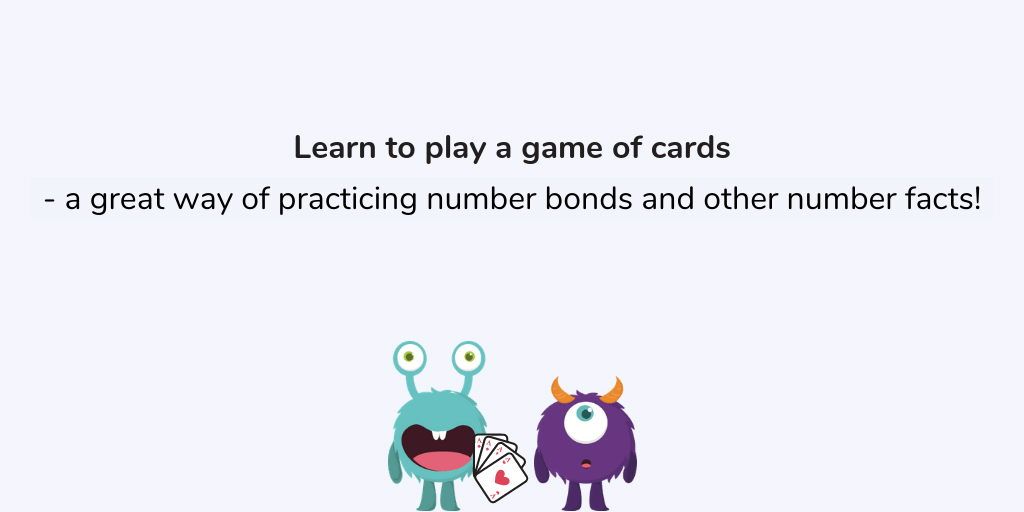
5. Talk about math at home.
Find ways of building math into day-to-day life, all the old favorites, like asking your child the prices of items in shops, having them work out the cost of that day’s groceries, or identifying the shapes of windows and other features on buildings to incorporate some shape too.
Teachers can do this, too, by building mathematical knowledge into the school day and other lessons, such as art, science and physical education. There are many free math websites and homework sites online to assist you in supporting your child in math at home. Equally, real-world or paper-based games can help with mathematical thinking like Su Doku, card games, Battleship and chess.
Read more:
- Differentiated Instruction: 9 Differentiated Curriculum And Instruction Strategies For Teachers
- 9 Math intervention strategies
Do you have students who need extra support in math?
Give your students more opportunities to consolidate learning and practice skills through personalized math tutoring with their own dedicated online math tutor.
Each student receives differentiated instruction designed to close their individual learning gaps, and scaffolded learning ensures every student learns at the right pace. Lessons are aligned with your state’s standards and assessments, plus you’ll receive regular reports every step of the way.
Personalized one-on-one math tutoring programs are available for:
– 2nd grade tutoring
– 3rd grade tutoring
– 4th grade tutoring
– 5th grade tutoring
– 6th grade tutoring
– 7th grade tutoring
– 8th grade tutoring
Why not learn more about how it works?
Meet Skye, our AI voice tutor. Built on over a decade of tutoring expertise, Skye uses the same proven pedagogy and curriculum as our traditional tutoring to close learning gaps and accelerate progress. Watch a clip of Skye’s AI math tutoring in action.
